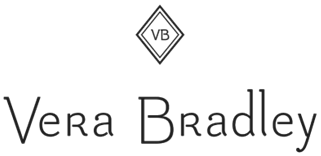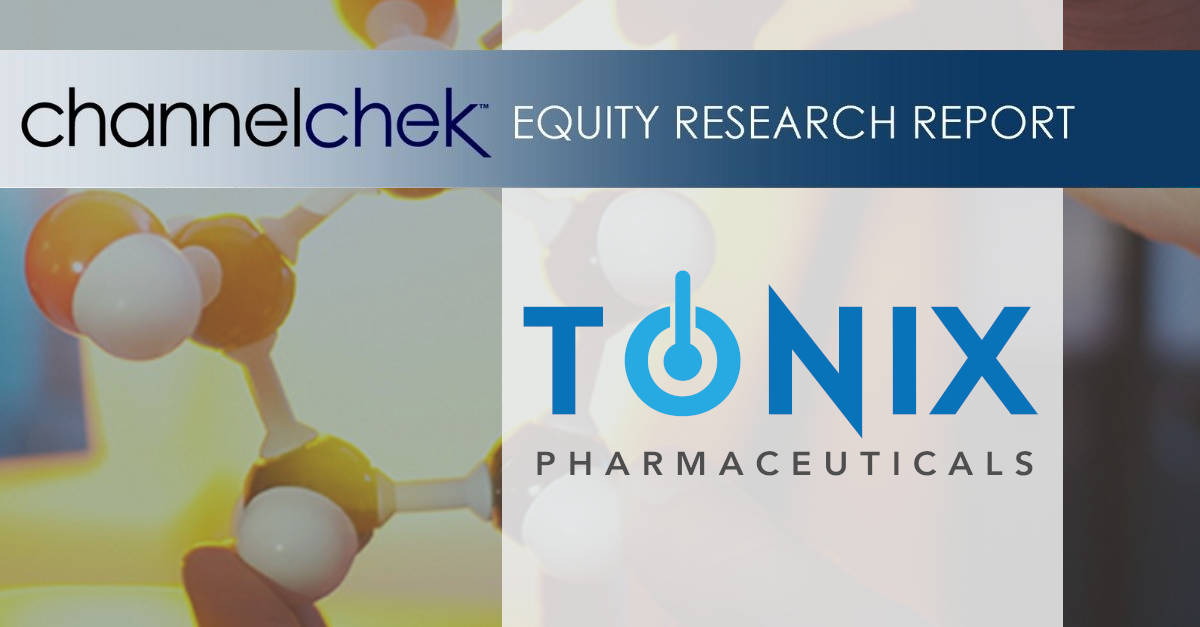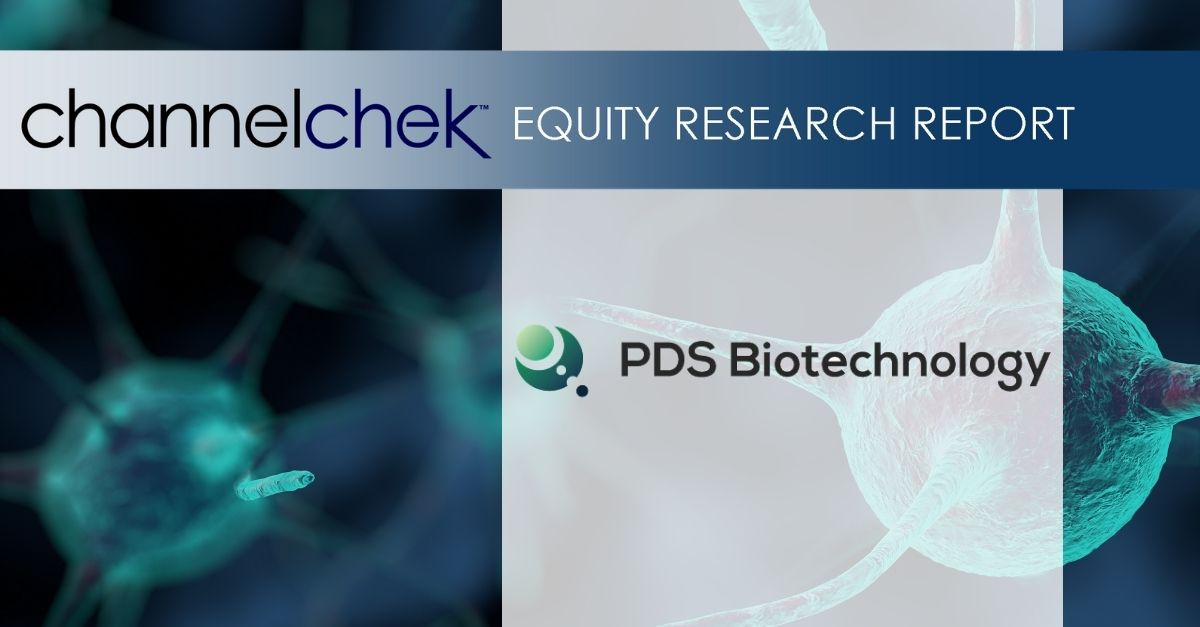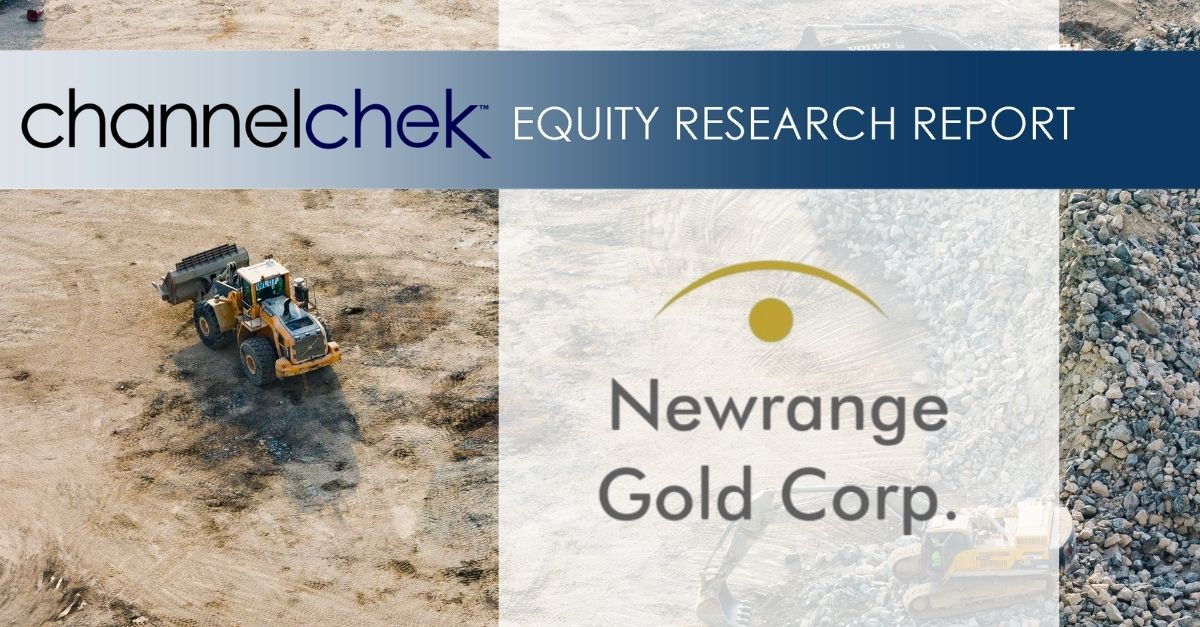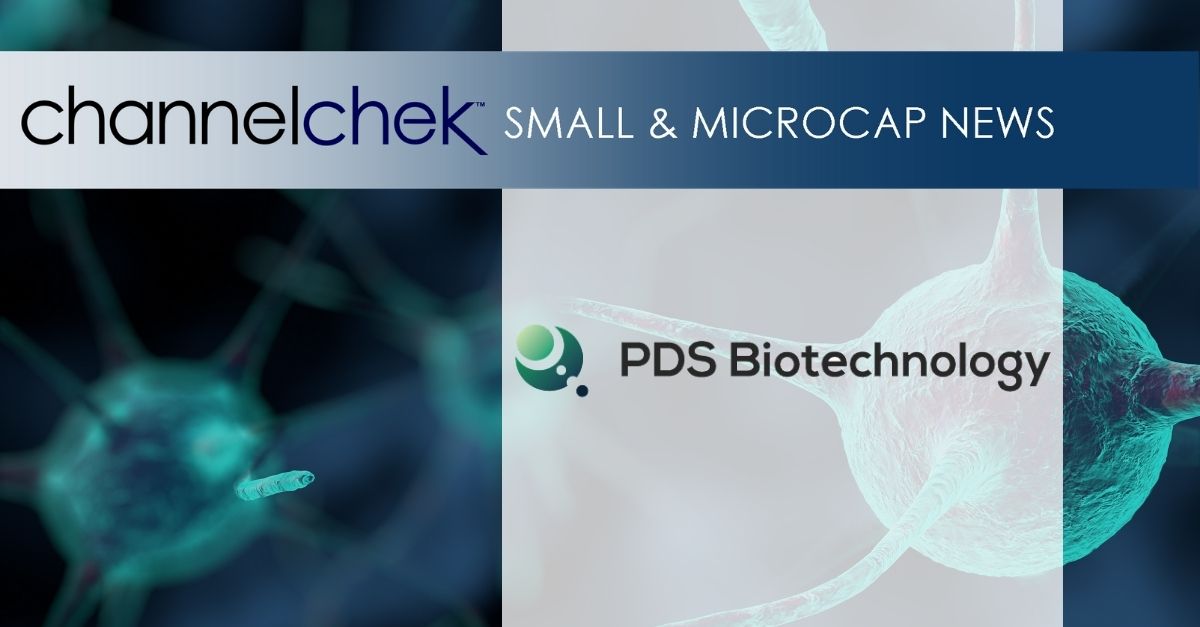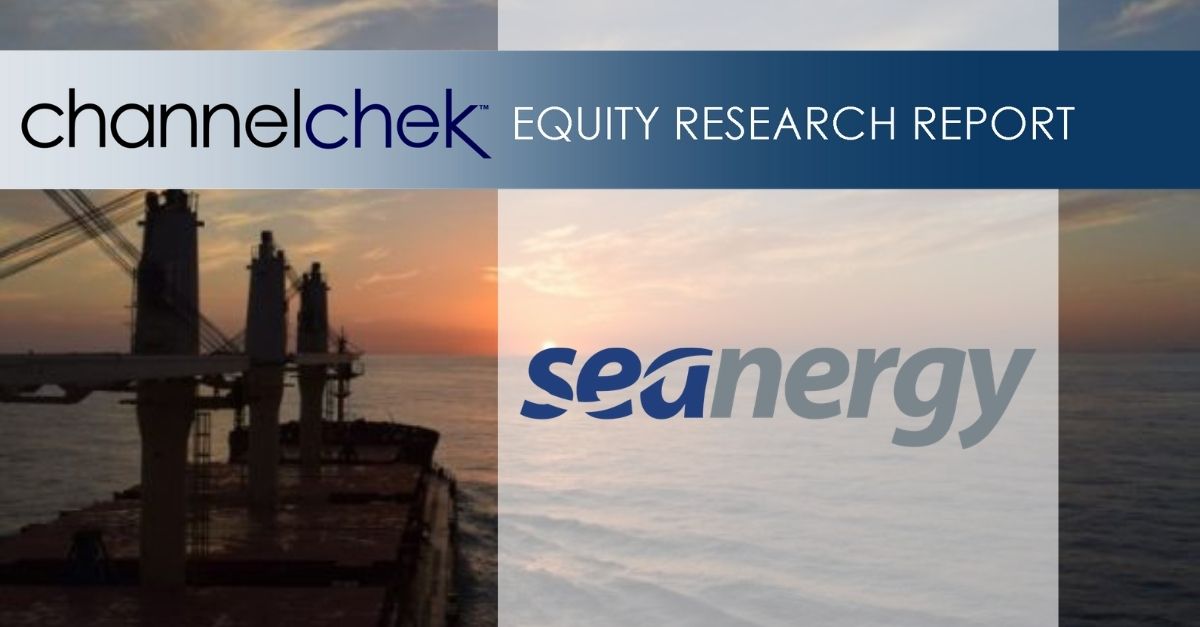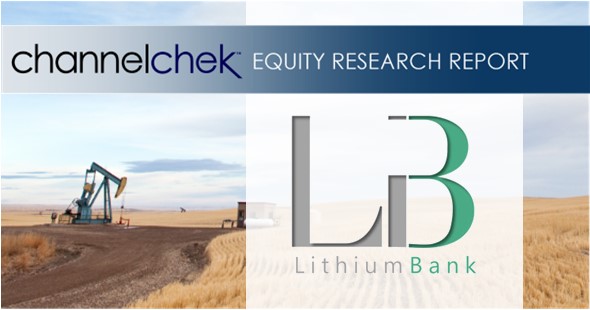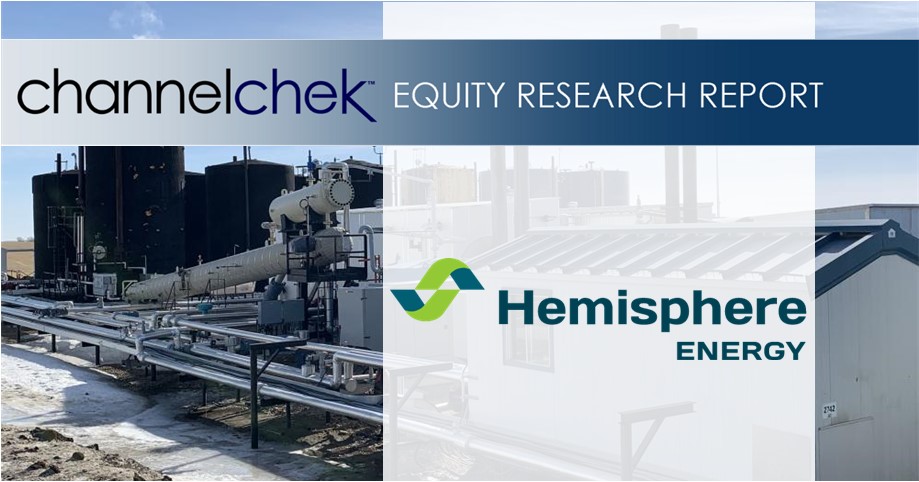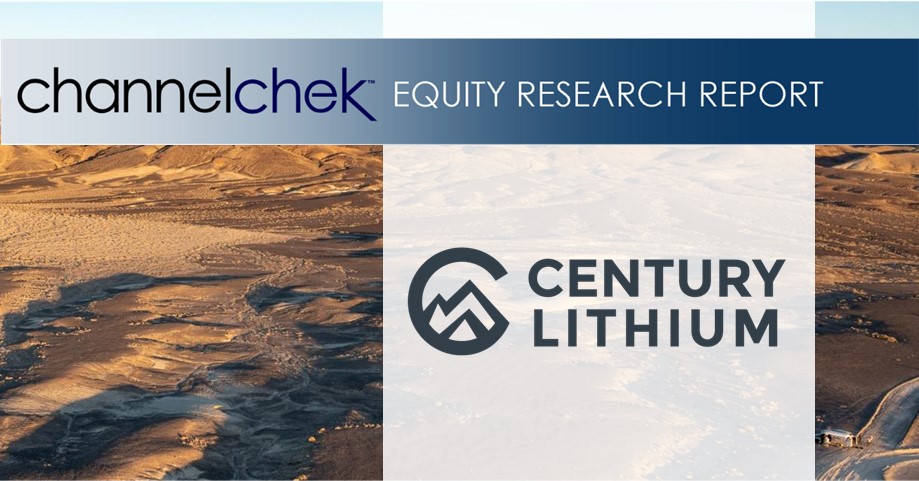Research News and Market Data on PDSB
- Interim data being presented at ASCO 2023 Annual Meeting
- Demonstrated median progression-free survival (PFS) of 10.4 months
- Demonstrated 12-month overall survival (OS) rate of 87.1%
- A disease control rate (disease stabilization or tumor shrinkage) of 70.6%
- Median overall survival not yet met
Company to host conference call and webcast on June 6, 2023, at 8:00 am ET
FLORHAM PARK, N.J., May 25, 2023 (GLOBE NEWSWIRE) — PDS Biotechnology Corporation (Nasdaq: PDSB), a clinical-stage immunotherapy company developing a growing pipeline of targeted immunotherapies for cancer and infectious disease, announced promising interim data from the VERSATILE-002 (NCT04260126) Phase 2 clinical trial investigating PDS0101 in combination with Merck’s anti-PD-1 therapy, KEYTRUDA® (pembrolizumab), in patients with unresectable, recurrent or metastatic human papillomavirus (HPV)16-positive head and neck cancer. The results will be featured in a poster presentation and in a head and neck cancer expert panel discussion at the 2023 American Society of Clinical Oncology (ASCO) Annual Meeting being held June 2-6 in Chicago.
The presentation, titled “Safety and Efficacy of Immune Checkpoint Inhibitor (ICI) Naïve Cohort from Study of PDS0101 and Pembrolizumab in HPV16-positive Head and Neck Squamous Cell Carcinoma (HNSCC)” (Abstract #6012), concluded that the combination was well tolerated, and the results justify a global confirmatory randomized, controlled study, VERSATILE-003, which PDS Biotech is planning to initiate this year. The study’s 48 ICI naïve participants, 94% of whom were male with a median age of 62.5, received at least one cycle of the combination arm, 56.3% received four doses, and 22.9% received five doses.
In measuring the efficacy of PDS0101 in combination with KEYTRUDA®, the abstract highlights the following interim data:
- Estimated 12-month overall survival rate was 87.1%. Published results are 36-50% with approved ICIs used alone*.
- Median progression-free survival was 10.4 months (95% CI 4.2, 15.3). Published results are median PFS of 2-3 months for approved ICIs when used as monotherapy in patients with similar PD-L1 levels*.
- A disease control rate (disease stabilization or tumor shrinkage) of 70.6% (24/34)
- Confirmed and unconfirmed objective response rate was 41.2% (14/34 patients), which is identical to the preliminary response rate data PDS Biotech previously reported at ASCO 2022 (7/17 patients). To date these responses have been confirmed in nine of the 34 patients (26.5%), including one complete response.
- 15/34 patients (44.1%) had stable disease.
- 9/34 patients (26.5%) had progressive disease.
- 4/48 (8.3%) of patients had a Grade 3 treatment-related adverse event (TRAE). No Grade 4 or higher TRAEs were observed.
VERSATILE-002 is a Phase 2, open-label, multicenter study of the efficacy and safety of PDS0101 administered in combination with KEYTRUDA® in adults with HPV16-positive unresectable, recurrent or metastatic HNSCC. VERSATILE-002 is investigating two patient populations of HPV16-positive head and neck cancer patients whose cancer has returned or spread. Interim data from the first group, which had not been previously treated with an ICI (ICI naïve), is the focus of the ASCO poster presentation and follow-up discussion among a panel of head and neck cancer experts. The second group of patients had previously failed treatments including ICI therapy (ICI refractory).
“We are pleased to present updated survival data from VERSATILE-002, which suggest the addition of PDS0101 to KEYTRUDA® may improve survival for the growing number of HPV16-positive head and neck cancer patients,” said Katharine A. Price, MD, Associate Professor, Oncology Head and Neck Disease Group, Mayo Clinic and presenting author of the study.
“The interim data showed an estimated 12-month survival rate of 87% and a progression-free survival of 10.4 months, which is very encouraging given the poor prognosis these patients face,” stated Lauren V. Wood, M.D., PDS Biotech’s Chief Medical Officer and a co-author of the study. “Furthermore, we remain encouraged by the safety profile of PDS0101 in combination with KEYTRUDA®, with only 8% of patients experiencing a Grade 3 treatment-related adverse event without more serious Grade 4 or 5 events. We believe these data are encouraging for HNSCC patients and indicate that the addition of the HPV16-targeted immunotherapy PDS0101 to KEYTRUDA® should be further evaluated for its potential to enhance survival in HPV16-positive head and neck cancer patients.”
The research was authored by Katharine Price, M.D., Mayo Clinic; John Michael Kaczmar, M.D., Medical University of South Carolina; Francis Worden, M.D., University of Michigan Health; Marya Chaney, Ph.D., Merck & Co. Inc.; Jared Weiss, M.D., University of North Carolina, Chapel Hill; and PDS Biotech’s Lauren V. Wood, M.D; David Schaaf, M.D.; and Nathalie Riebel.
Details of the presentation are as follows:
Abstract Number: 6012
Abstract Title: Safety and Efficacy of Immune Checkpoint Inhibitor (ICI) Naïve Cohort from Study of PDS0101 and Pembrolizumab in HPV16-Positive Head and Neck Squamous Cell Carcinoma (HNSCC)
Presenting Author: Katharine Price, M.D., Co-chair, Head and Neck Disease Group, Mayo Clinic Comprehensive Cancer Center
Session Title: Head and Neck Cancer
Poster Presentation: Monday, June 5, 2023, 1:15 PM-4:15 PM CDT
Head and Neck Cancer Poster Discussion Session: Monday, June 5, 2023, 4:30 PM-6:00 PM CDT
Conference Call Information:
PDS Biotech will host a conference call on Tuesday, June 6, at 8:00 a.m. EDT to discuss the interim data being presented at the ASCO 2023 Annual Meeting. A live webcast of the event will be available online at PDS Biotech Post-ASCO Webcast. The event will be archived in the investor relations section of PDS Biotech’s website for six months.
Additionally, interested participants and investors may access the conference call by dialing either 877-407-3088 (US) or 201-389-0927 (International).
*No control or comparative studies have been conducted between immune checkpoint inhibitors and PDS0101; Ferris R.L., Nivolumab for Recurrent Squamous-Cell Carcinoma of the Head and Neck; N Engl J Med 2016; 375:1856-1867; Burtness B et al., Pembrolizumab alone or with chemotherapy versus cetuximab with chemotherapy for recurrent or metastatic squamous cell carcinoma of the head and neck (KEYNOTE- 048): a randomized, open-label phase 3 study; Lancet 2019; 394(10212):1915-1928
https://www.opdivo.com/head-and-neck-cancer
https://www.keytruda.com/head-and-neck-cancer/keytruda-clinical-trials/
About PDS0101
PDS0101, PDS Biotech’s lead candidate, is a novel investigational human papillomavirus (HPV)-targeted immunotherapy that stimulates a potent targeted T cell attack against HPV-positive cancers. PDS0101 is given by subcutaneous injection alone or in combination with other immunotherapies and cancer treatments. In a Phase 1 study of PDS0101 in monotherapy, the treatment demonstrated the ability to generate multifunctional HPV16-targeted CD8 and CD4 T cells with minimal toxicity. Interim data suggests PDS0101 generates clinically effective immune responses and the combination of PDS0101 with other treatments can demonstrate significant disease control by reducing or shrinking tumors, delaying disease progression, and/or prolonging survival. The combination of PDS0101 with other treatments does not appear to compound the toxicity of other agents.
About VERSATILE-002
VERSATILE-002 is a single-arm Phase 2 trial evaluating the safety and efficacy of PDS0101, an HPV16-targeted investigational T cell-activating immunotherapy that leverages PDS Biotech’s proprietary Versamune® technology, in combination with Merck’s anti-PD-1 therapy, KEYTRUDA® (pembrolizumab). The combination is being evaluated in immune checkpoint inhibitor (ICI)-naïve and ICI-refractory patients with recurrent/metastatic HPV16-positive head and neck squamous cell carcinoma (HNSCC) and was granted Fast Track designation by the Food and Drug Administration in June 2022.
Interim efficacy and safety data will be presented at the 2023 American Society of Clinical Oncology (ASCO) Annual Meeting for ICI-naïve patients. Preliminary data from the first 34 patients demonstrated a 12-month overall survival rate of 87% and median progression free survival of 10.4 months. No Grade 4 or higher treatment related adverse events were observed.
KEYTRUDA® is a registered trademark of Merck Sharp and Dohme LLC, a subsidiary of Merck & Co., Inc., Rahway, NJ, USA.
About Versamune®
Versamune® is a novel investigational T-cell activating platform which effectively stimulates a precise immune system response to a cancer-specific protein. Versamune® based investigational immunotherapies promote a potent targeted T cell attack against cancers expressing the protein. They are given by subcutaneous injection and can be combined with standard-of-care treatments. Clinical data suggest that Versamune® based investigational immunotherapies, such as PDS0101, demonstrate meaningful disease control by reducing and shrinking tumors, delaying disease progression, and/or prolonging survival. Versamune® based immunotherapies have demonstrated minimal toxicity to date that may allow them to be safely combined with other treatments. We believe Versamune® based investigational immunotherapies represent a transformative treatment approach for cancer patients to provide improved efficacy, safety, and tolerability.
About PDS Biotechnology
PDS Biotech is a clinical-stage immunotherapy company developing a growing pipeline of targeted cancer and infectious disease immunotherapies based on our proprietary Versamune®, Versamune® plus PDS0301, and Infectimune™ T cell-activating platforms. We believe our targeted immunotherapies have the potential to overcome the limitations of current immunotherapy approaches through the activation of the right type, quantity and potency of T cells. To date, our lead Versamune® clinical candidate, PDS0101, has demonstrated the ability to reduce and shrink tumors and stabilize disease in combination with approved and investigational therapeutics in patients with a broad range of HPV16-associated cancers in multiple Phase 2 clinical trials and will be advancing into a Phase 3 clinical trial in combination with KEYTRUDA® for the treatment of recurrent/metastatic HPV16-positive head and neck cancer in 2023. Our Infectimune™ based vaccines have also demonstrated the potential to induce not only robust and durable neutralizing antibody responses, but also powerful T cell responses, including long-lasting memory T cell responses in pre-clinical studies to date. To learn more, please visit www.pdsbiotech.com or follow us on Twitter at @PDSBiotech.
Forward Looking Statements
This communication contains forward-looking statements (including within the meaning of Section 21E of the United States Securities Exchange Act of 1934, as amended, and Section 27A of the United States Securities Act of 1933, as amended) concerning PDS Biotechnology Corporation (the “Company”) and other matters. These statements may discuss goals, intentions and expectations as to future plans, trends, events, results of operations or financial condition, or otherwise, based on current beliefs of the Company’s management, as well as assumptions made by, and information currently available to, management. Forward-looking statements generally include statements that are predictive in nature and depend upon or refer to future events or conditions, and include words such as “may,” “will,” “should,” “would,” “expect,” “anticipate,” “plan,” “likely,” “believe,” “estimate,” “project,” “intend,” “forecast,” “guidance”, “outlook” and other similar expressions among others. Forward-looking statements are based on current beliefs and assumptions that are subject to risks and uncertainties and are not guarantees of future performance. Actual results could differ materially from those contained in any forward-looking statement as a result of various factors, including, without limitation: the Company’s ability to protect its intellectual property rights; the Company’s anticipated capital requirements, including the Company’s anticipated cash runway and the Company’s current expectations regarding its plans for future equity financings; the Company’s dependence on additional financing to fund its operations and complete the development and commercialization of its product candidates, and the risks that raising such additional capital may restrict the Company’s operations or require the Company to relinquish rights to the Company’s technologies or product candidates; the Company’s limited operating history in the Company’s current line of business, which makes it difficult to evaluate the Company’s prospects, the Company’s business plan or the likelihood of the Company’s successful implementation of such business plan; the timing for the Company or its partners to initiate the planned clinical trials for PDS0101, PDS0203 and other Versamune® and Infectimune™ based product candidates; the future success of such trials; the successful implementation of the Company’s research and development programs and collaborations, including any collaboration studies concerning PDS0101, PDS0203 and other Versamune® and Infectimune™ based product candidates and the Company’s interpretation of the results and findings of such programs and collaborations and whether such results are sufficient to support the future success of the Company’s product candidates; the success, timing and cost of the Company’s ongoing clinical trials and anticipated clinical trials for the Company’s current product candidates, including statements regarding the timing of initiation, pace of enrollment and completion of the trials (including the Company’s ability to fully fund its disclosed clinical trials, which assumes no material changes to the Company’s currently projected expenses), futility analyses, presentations at conferences and data reported in an abstract, and receipt of interim or preliminary results (including, without limitation, any preclinical results or data), which are not necessarily indicative of the final results of the Company’s ongoing clinical trials; any Company statements about its understanding of product candidates mechanisms of action and interpretation of preclinical and early clinical results from its clinical development programs and any collaboration studies; and other factors, including legislative, regulatory, political and economic developments not within the Company’s control. The foregoing review of important factors that could cause actual events to differ from expectations should not be construed as exhaustive and should be read in conjunction with statements that are included herein and elsewhere, including the other risks, uncertainties, and other factors described under “Risk Factors,” “Management’s Discussion and Analysis of Financial Condition and Results of Operations” and elsewhere in the documents we file with the U.S. Securities and Exchange Commission. The forward-looking statements are made only as of the date of this press release and, except as required by applicable law, the Company undertakes no obligation to revise or update any forward-looking statement, or to make any other forward-looking statements, whether as a result of new information, future events or otherwise.
Versamune® is a registered trademark and Infectimune™ is a trademark of PDS Biotechnology.
Investor Contacts:
Deanne Randolph
PDS Biotech
Phone: +1 (908) 517-3613
Email: drandolph@pdsbiotech.com
Rich Cockrell
CG Capital
Phone: +1 (404) 736-3838
Email: pdsb@cg.capital
Media Contacts:
Tiberend Strategic Advisors, Inc.
Dave Schemelia
Phone: +1 (609) 468-9325
dschemelia@tiberend.com
Bill Borden
Phone: +1 (732) 910-1620
bborden@tiberend.com


